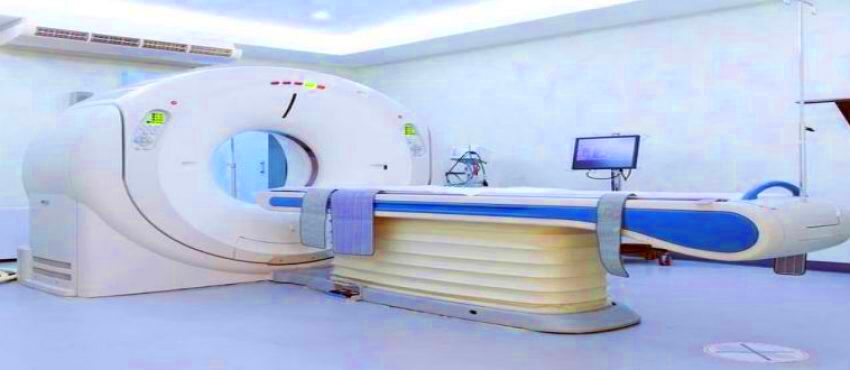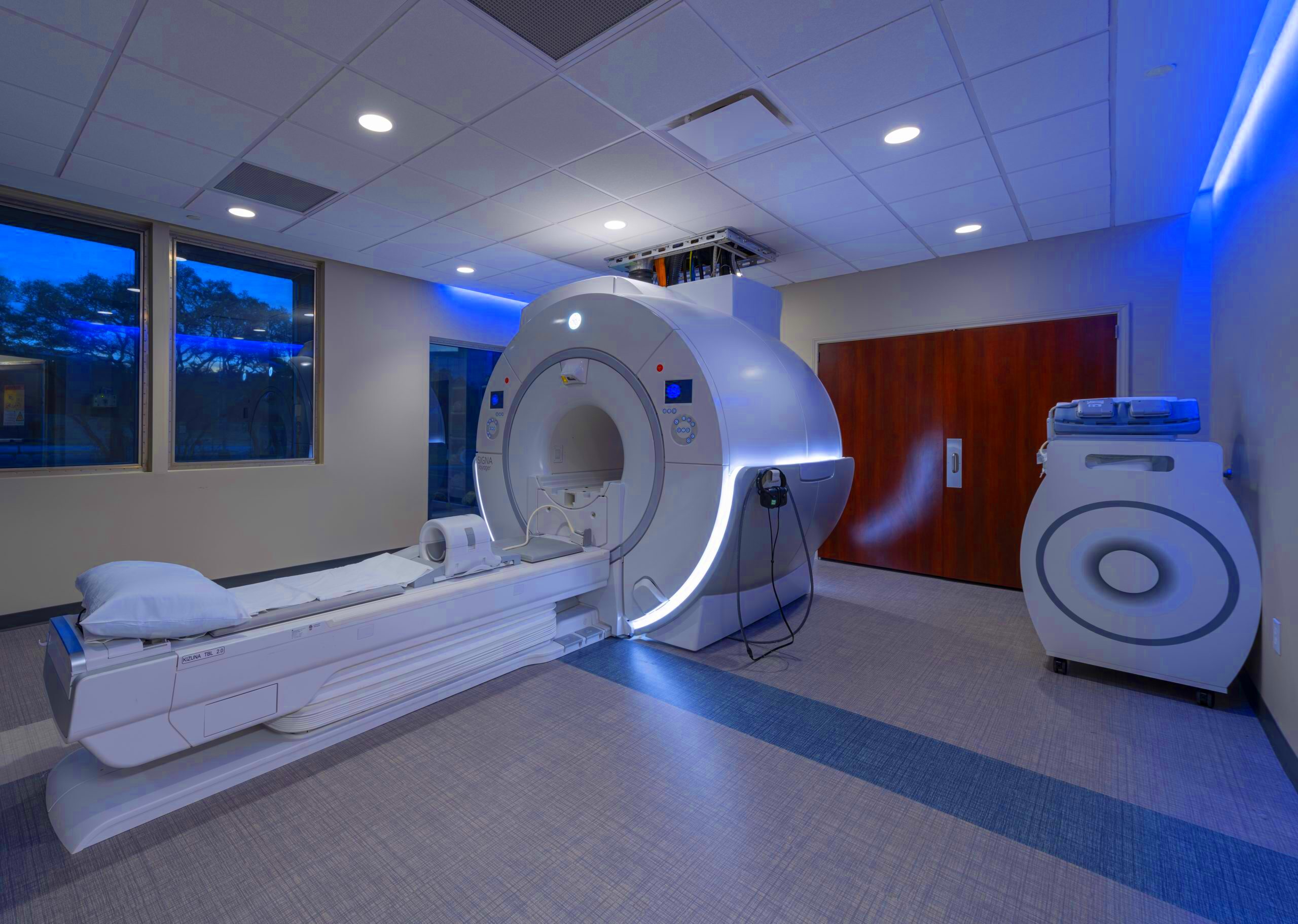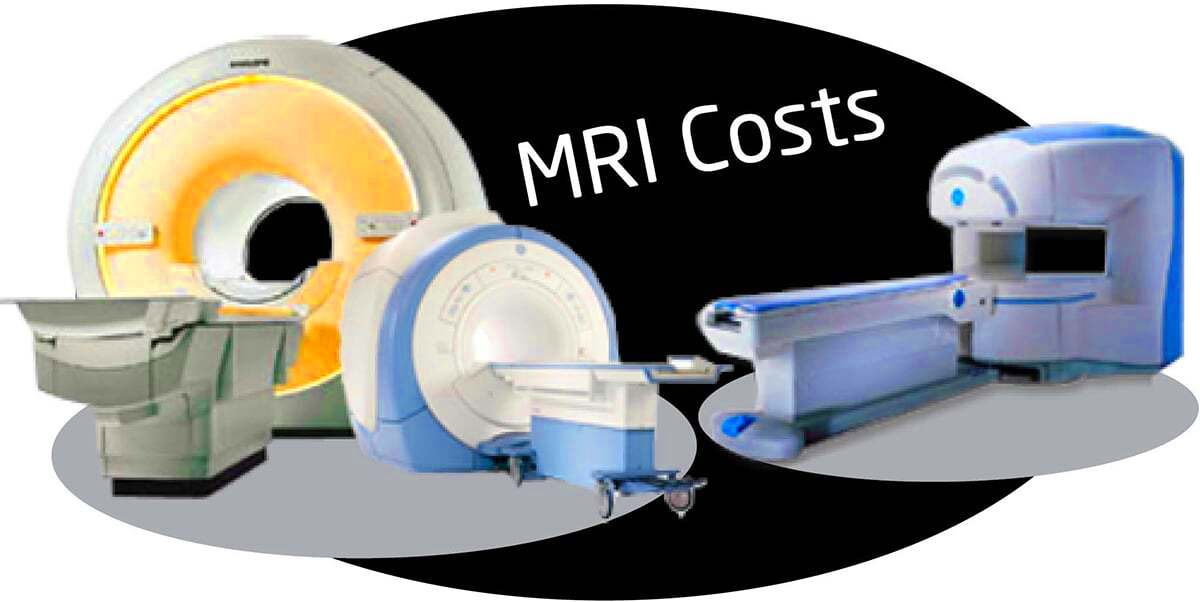Starting an imaging center can be a rewarding venture, but it requires careful planning and consideration. Imaging centers offer essential services such as MRI, CT scans, X-rays, and ultrasounds. These services are in high demand, especially as healthcare becomes more advanced. If you're thinking about opening an imaging center, it’s important to understand both the financial and logistical aspects involved. This guide will help you navigate the steps, from initial costs to ongoing expenses, and provide insights into the factors that influence your center’s success.
Understanding the Basic Requirements for an Imaging Center

Before opening an imaging center, you need to meet several legal, operational, and professional requirements. These include:
- Licensing and Certifications: Your facility must be properly licensed according to local and national regulations. Additionally, certifications from medical boards or imaging societies may be required for certain types of imaging services.
- Location and Space: An ideal location for your imaging center would be accessible, preferably in a medical or hospital district. You’ll also need a space that meets safety and operational standards for imaging equipment.
- Qualified Personnel: A team of qualified radiologists, technicians, and administrative staff is essential. You’ll need to hire staff with the necessary expertise and training to ensure smooth operations.
- Insurance: Adequate insurance coverage is required to protect your business from potential risks and liabilities, including malpractice insurance for medical staff.
Also Read This: How to Add Subtitles to Dailymotion Videos
Key Factors Affecting the Cost of Starting an Imaging Center

The cost of opening an imaging center can vary greatly depending on various factors. Below are the key factors that influence the overall expense:
- Location: The geographic location plays a huge role in costs. A center in a high-demand urban area may have higher rent and utility costs but could attract more clients.
- Equipment Costs: Imaging equipment is expensive. MRI machines, CT scanners, and X-ray machines can cost hundreds of thousands of dollars each. You'll need to budget for these significant purchases or consider leasing options.
- Staffing: Hiring experienced and qualified staff will incur substantial costs, from radiologists to technicians and administrative personnel.
- Regulatory Compliance: Meeting all legal and safety standards can involve extra expenses such as inspections, certifications, and investments in safety equipment for patients and staff.
- Technology and Software: Modern imaging centers rely heavily on software for scheduling, imaging, and record-keeping. The cost of this technology, along with regular updates and maintenance, must be factored into your budget.
All of these factors combined can lead to high startup costs, so it’s important to plan your budget carefully to ensure the long-term success of your imaging center.
Also Read This: How to Get Your Resume on LinkedIn in a Simple Way
Initial Setup Costs for an Imaging Center

The initial setup costs for an imaging center are significant, but essential for providing quality services. These costs can vary based on the location, size, and scope of the center. Here’s a breakdown of common setup expenses:
- Real Estate and Lease: One of the biggest costs is securing a location. Whether you are renting or purchasing, the cost of real estate can be substantial, especially in high-demand areas. You’ll also need to factor in renovations to accommodate imaging equipment and patient care areas.
- Imaging Equipment: The purchase of high-tech imaging equipment such as MRI machines, CT scanners, and X-ray devices is a major expense. The costs for each piece of equipment vary, but they can range from tens of thousands to over a million dollars, depending on the type and brand.
- Renovations and Facility Setup: Setting up your center may involve creating specialized rooms for each imaging service, installing heavy-duty flooring to handle the equipment’s weight, and ensuring compliance with health and safety standards. These renovation costs can add up quickly.
- IT Infrastructure and Software: For managing patient data, scheduling, and billing, you will need reliable IT systems and software. This includes imaging software, Electronic Health Records (EHR) systems, and a secure network.
- Staff Training: Staff members need proper training to handle the new equipment, software, and operational procedures. This includes radiologists, technicians, and administrative personnel.
While these initial setup costs are high, they are necessary for running a professional, efficient imaging center that meets patient expectations and regulatory requirements.
Also Read This: Giving Proper Attribution to an Image
Ongoing Operational Costs in an Imaging Center
Once your imaging center is up and running, ongoing operational costs will be a major part of your budget. These expenses can be divided into several categories, all of which contribute to the daily running of your center:
- Staff Salaries: Ongoing salaries for medical and administrative staff are a significant operational cost. These costs include wages for radiologists, technicians, nurses, and office staff. You’ll also need to factor in benefits like health insurance and retirement plans.
- Equipment Maintenance: Regular maintenance of your imaging equipment is essential to keep it running smoothly. Service contracts, repairs, and routine check-ups can be costly but are necessary to avoid downtime or malfunctioning equipment.
- Consumables and Supplies: Imaging centers use a variety of supplies on a regular basis, such as contrast agents, patient gowns, and other disposable items. These costs can add up, depending on the volume of patients you serve.
- Utility Costs: Imaging equipment requires a significant amount of power, so electricity bills can be high. Additionally, you’ll need to budget for water, heating, and air conditioning costs to maintain a comfortable environment for staff and patients.
- Insurance and Legal Fees: Ongoing insurance costs, including malpractice insurance for your staff and liability insurance for your facility, are critical. Legal fees for regulatory compliance and other necessary permits also contribute to ongoing expenses.
By understanding these ongoing costs, you can plan accordingly and ensure your imaging center remains financially sustainable over time.
Also Read This: Cable-Free News Buffs: How to Watch BBC World News Without Cable
How to Choose the Right Equipment for Your Imaging Center
Choosing the right equipment is one of the most important decisions you’ll make when setting up your imaging center. The equipment you select will directly impact the quality of care you provide, your operational efficiency, and your overall costs. Here’s how to make the best choices:
- Determine Your Service Offerings: Start by deciding what imaging services you want to offer, such as MRI, CT scans, X-rays, or ultrasound. Your service offerings will dictate the types of machines you need to invest in.
- Consider Equipment Quality and Brand Reputation: It’s crucial to choose reliable, high-quality equipment from reputable brands. The durability and performance of the equipment should align with your center’s long-term goals. Popular brands include Siemens, GE Healthcare, and Philips.
- Evaluate the Cost: While you want the best equipment, you also need to consider your budget. Some equipment might be available for lease, which could help spread out costs. It’s important to balance cost with quality to make a smart investment.
- Space and Compatibility: Consider the space in your center and how much room the equipment requires. Additionally, check if the machines are compatible with your existing IT infrastructure and imaging software.
- Maintenance and Support: Consider the manufacturer’s support services, including warranty, maintenance, and repair options. Good customer support can minimize downtime and keep your equipment in excellent condition.
- Future Growth: Choose equipment that can grow with your business. For example, machines with the ability to handle more advanced procedures or those that can be upgraded with new software may be a better long-term investment.
By carefully selecting equipment based on your service offerings, budget, and future needs, you can create an imaging center that delivers high-quality services to your patients while keeping operational costs under control.
Also Read This: How Earth Came Into Being through Documentary Videos on Dailymotion
Budgeting and Financing Options for Opening an Imaging Center
Opening an imaging center involves significant financial investment, and understanding how to budget effectively is crucial to your success. In this section, we’ll explore the different financing options available to help you fund your imaging center, as well as tips for managing your budget throughout the process.
- Personal Savings: If you have enough personal savings, using them can be an option to avoid taking on debt. However, this approach may not always be feasible given the large upfront costs involved in opening an imaging center.
- Bank Loans: Many entrepreneurs turn to traditional bank loans to finance their imaging center. These loans often come with lower interest rates but may require a detailed business plan and good credit history to secure.
- Government Grants and Loans: Some governments offer grants or low-interest loans for healthcare-related businesses, which can help offset some of the startup costs. Be sure to research local programs and eligibility requirements.
- Private Investors or Partners: Partnering with investors who are willing to fund the venture in exchange for equity can be another option. This method helps you raise capital without taking on debt, but you’ll give up a portion of ownership in your business.
- Leasing Equipment: Instead of purchasing all of your imaging equipment outright, consider leasing. Leasing allows you to use the equipment without the upfront cost, and maintenance is often included. It also helps you spread costs over time.
When budgeting for your center, it’s essential to create a detailed financial plan. This plan should include costs for equipment, leasing, staffing, marketing, and unexpected expenses. By carefully exploring financing options and creating a realistic budget, you’ll be better prepared to manage your startup and keep your business running smoothly.
Also Read This: How to Upload a Video to a LinkedIn Post and Increase Engagement
Common Challenges and How to Manage Costs Effectively
Starting and running an imaging center comes with several challenges, especially when it comes to managing costs. Below are some of the most common challenges, along with strategies for overcoming them:
- High Equipment Costs: Imaging equipment can be extremely expensive, often running into the hundreds of thousands of dollars. To manage this, consider leasing options or purchasing refurbished equipment that is still in good condition. Additionally, you can phase the purchase of equipment over time, prioritizing the most essential machines first.
- Staffing Expenses: Hiring skilled professionals, such as radiologists, technicians, and support staff, is costly. To reduce staffing costs, consider cross-training employees to handle multiple roles or outsourcing some administrative tasks to reduce overhead. You can also explore hiring part-time or contract workers to lower expenses.
- Maintenance and Repairs: The costs of maintaining and repairing imaging equipment can be unpredictable. To manage these costs, make sure to have regular maintenance contracts with equipment suppliers to ensure your equipment stays in good working condition. Setting aside a contingency fund for repairs can also help mitigate unexpected costs.
- Insurance and Legal Fees: Imaging centers are subject to high insurance premiums due to the potential for liability and malpractice claims. Shop around for the best rates, and consider working with an insurance broker to ensure you have the right coverage for your specific needs.
- Patient Volume and Cash Flow: Managing patient volume and ensuring consistent cash flow can be difficult, especially in the early stages. To address this, develop strong marketing strategies to attract new patients and focus on building relationships with local healthcare providers. You can also negotiate payment plans for patients who are unable to pay upfront.
While the challenges are significant, they are not insurmountable. By planning ahead, managing resources efficiently, and being proactive in seeking solutions, you can effectively manage the costs of running an imaging center.
Also Read This: How to Download YouTube Videos with Subtitles Quickly and Easily
Frequently Asked Questions
Here are some common questions that people often ask when opening an imaging center. Understanding these can help you navigate the process more smoothly:
- What are the typical costs involved in starting an imaging center?
The typical costs include purchasing or leasing equipment, hiring qualified staff, securing a location, renovations, and obtaining the necessary licenses and certifications. On average, you may need hundreds of thousands of dollars to get started. - How long does it take to open an imaging center?
Opening an imaging center can take anywhere from 6 months to over a year. This timeline includes securing financing, finding a location, purchasing equipment, completing renovations, and getting staff in place. - Do I need a medical background to open an imaging center?
While a medical background is not required to own an imaging center, having a solid understanding of the healthcare industry is essential. It’s also crucial to hire qualified medical staff, including radiologists and technicians, to operate the equipment and interpret results. - Can I lease imaging equipment instead of buying it?
Yes, leasing imaging equipment is a common practice, especially for startups. Leasing allows you to access the latest technology without the high upfront cost. It also often includes maintenance and repairs as part of the contract. - What are the legal requirements for opening an imaging center?
Legal requirements vary by location but typically include obtaining the necessary licenses and certifications, ensuring compliance with health and safety standards, and maintaining appropriate insurance coverage. You will also need to adhere to data privacy laws regarding patient information.
These FAQs provide insight into some of the most common concerns when opening an imaging center. By addressing these questions early in the planning process, you can avoid potential pitfalls and set your business up for success.
Conclusion
Opening an imaging center is a challenging but rewarding endeavor. From managing significant startup costs to ensuring you have the right equipment and skilled staff, careful planning is essential to success. Understanding the various financial, legal, and operational aspects of running an imaging center will help you navigate the complexities involved. By effectively budgeting, securing the right financing, and addressing common challenges proactively, you can build a sustainable business that meets the growing demand for medical imaging services. With the right approach, your imaging center can thrive in a competitive healthcare market.

 admin
admin








